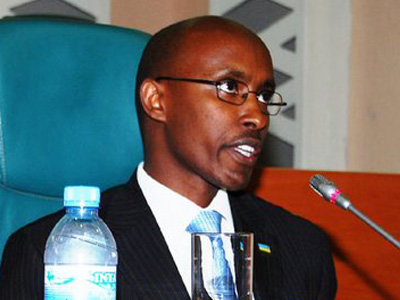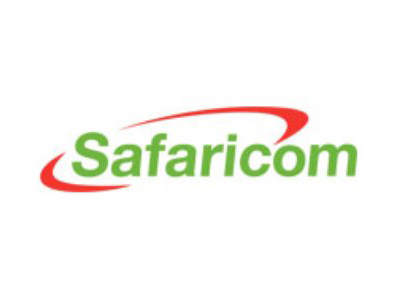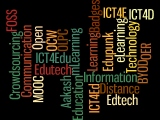The ever-growing universal digital library, full of open educational and adaptable resources which allows teachers and students from around the world to pursue opportunities in distance learning, is about to raise its standards for a new initiative due to be launched in April —TED-Ed. TED, a nonprofit famous for its award-winning TED Talks devoted to “Ideas Worth Spreading”, introduced its new “Lessons Worth Sharing” project last week and, according to its short introductory video, aims “to capture and amplify the voices of great educators around the world.”
By connecting exemplary teachers with animators, TED-Ed will produce videos — no longer than ten minutes each — capable of explaining innovative, thought-provoking, and challenging ideas through easy-to-understand visual representations. The TED-Ed initiative promises to bring the same high production values used in its TED Talks to create a valuable collection of resources, coupled with new interactive leaning tools, to improve education quality and promote life-long learning — that is, primarily in the US and English-speaking world.
So what does this mean for teachers from non-English speaking countries and the developing world? Though TED has not announced plans to translate each of the TED-Ed lessons, its TED Open-Translation Project has already provided subtitles and interactive transcripts for many of its TED Talks — currently 86 languages and counting — so it’s possible they’ll do the same for the lessons. And if they do and plans are made to use TED-Ed lessons within a foreign context, could the content be ‘open’ and easily adaptable to be considered culturally appropriate for different educational settings?
These are some of the questions that the ICT4E sector and the international teaching community need to start asking. With so much of the focus being placed now on how using digital devices like tablets and mobile phones will affect the delivery of educational information, the importance of improving the quality of that information is easily being pushed aside. So who better to raise the standards for this quality than organizations like TED who have made so many complex ideas like nuclear fusion and how cymatics work to be understandable and relatable, presented by experts in their given fields and directed to a diverse audience of learners.
This is a revolutionary idea when considering the ways in how to raise the poor quality of education in many schools throughout the developing world. Imagine how students’ — and teachers’ — comprehension of STEM subjects could be improved if the teacher-centered pedagogy used in many classrooms today was enhanced by supplementary videos explaining new ideas through understandable terminology and images for visually-inclined learners. Moreover, imagine the effects it could have on teachers’ teaching methods if they adopted some of the conversational-style approaches used in the videos.
Though TED-Ed’s teaching style and delivery method is unique, Innovators and creative thinkers in distance learning have already been exploring this territory of open educational resources (OER) and organized open education since the 90’s. The Khan Academy, a not-for-profit organization created in 2006 that has pioneered the free open educational video platform, has already created a vast digital library of over 3,000 online videos covering various subjects, though mainly in the maths and sciences. Having delivered over 131 million lessons, Salman Khan, founder of the Khan Academy, has impressive goals for the organization and aims to create “the world’s first free, world-class virtual school where anyone can learn anything.” Given Salman Khan’s stature and notoriety in the field of distance learning, he was featured as one of the speakers at the TED 2011 conference when the TED-Ed initiative was first announced to the TED community.
So what can we expect from TED-Ed in the future? If its lessons are as interesting, well-structured and thought-provoking as TED talks, students are in for a pleasant change from their usual lecture-based lessons. And hopefully TED-Ed will have a similar approach to that of the Khan Academy to contribute to and enhance the universal digital library while considering what it means for education quality around the world.





















































